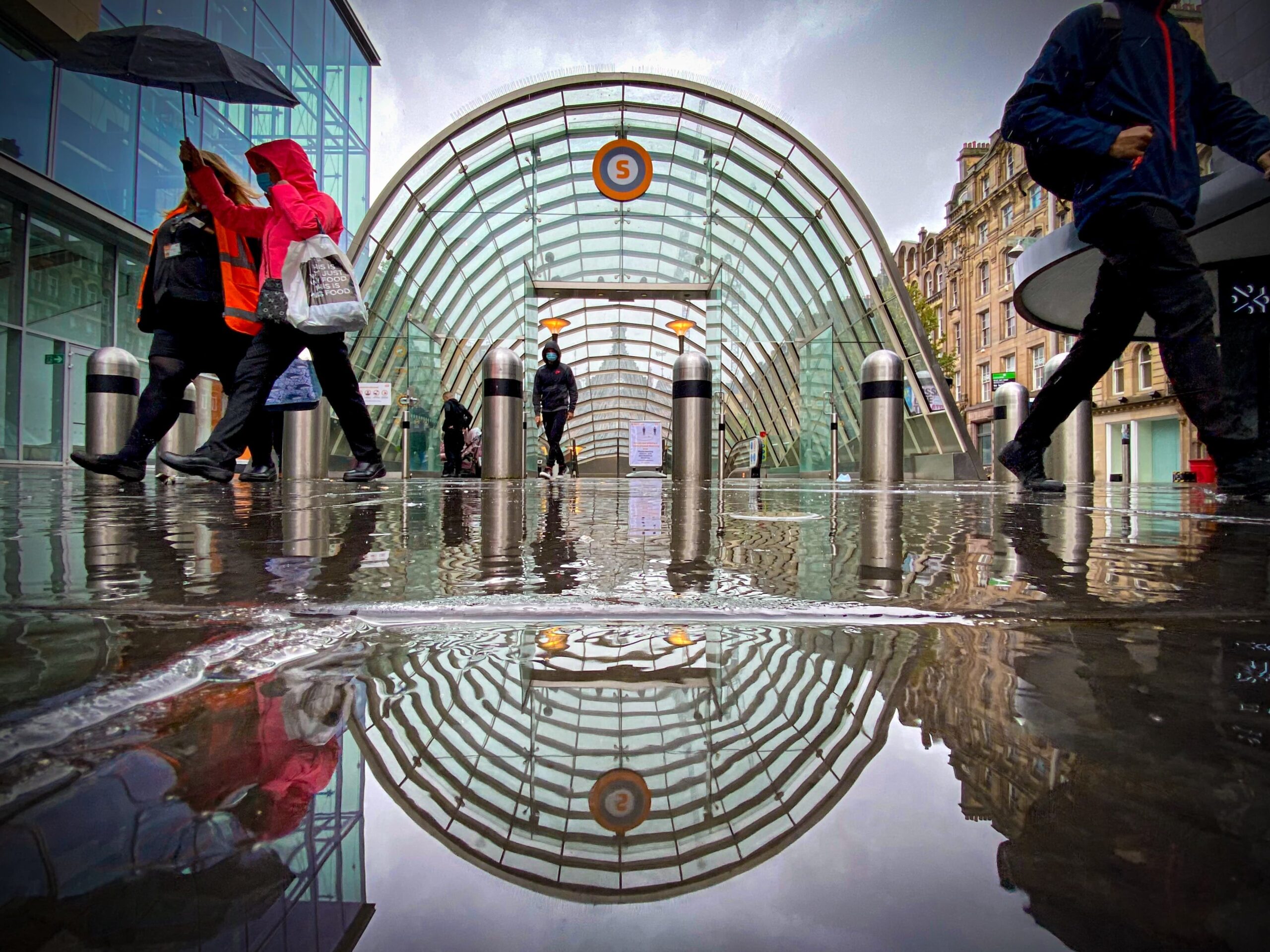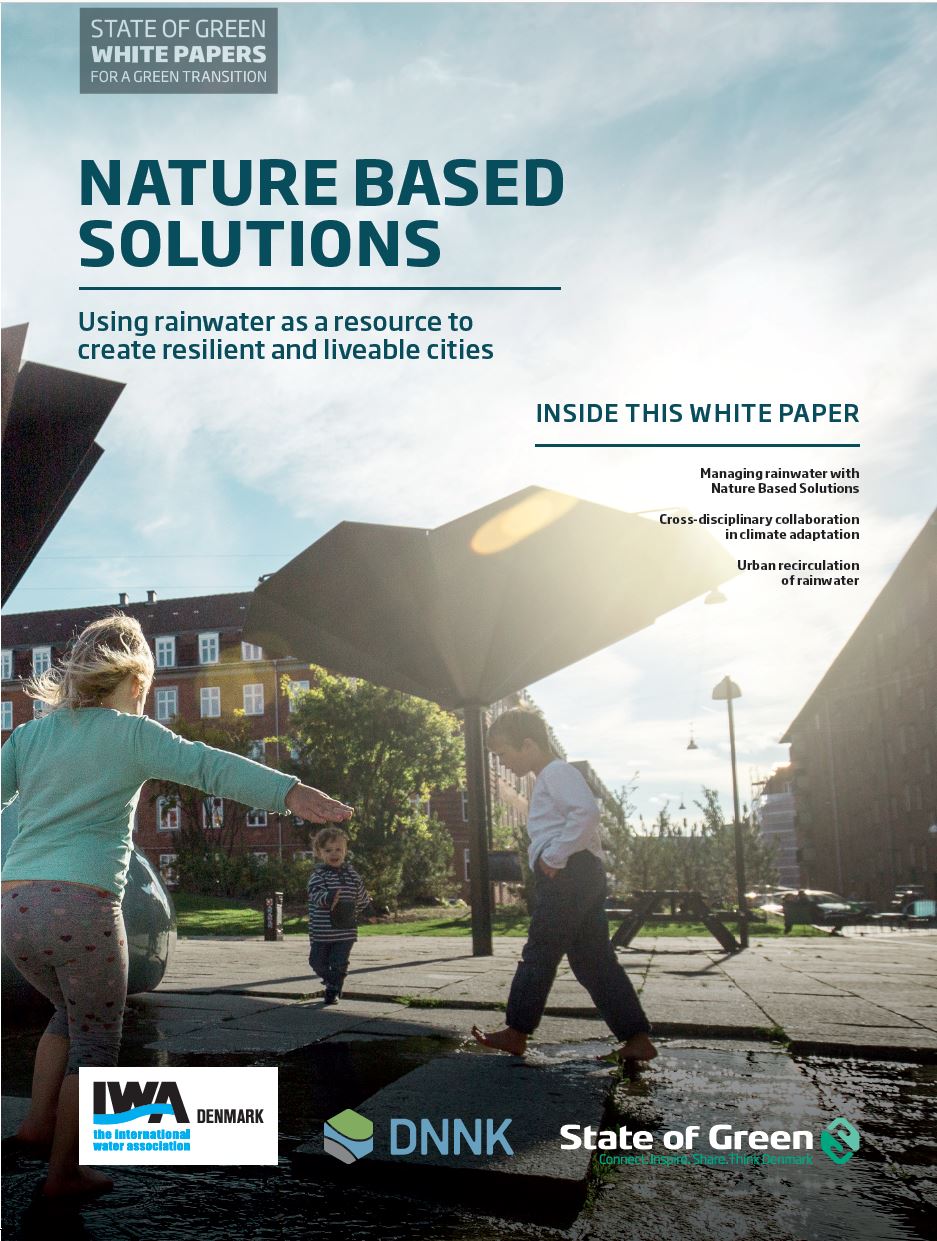Download our publication on nature-based solutions today
This article is part of our publication ‘Nature-based solutions’.
Download nowPerspective
Nature based solutions


In many areas of the world, increasing water scarcity and drought is a highly critical problem, forcing cities and countries to focus on how to harvest and optimise the reuse of rainwater. In Denmark, water scarcity has not yet been a serious issue, but climate change predictions indicate that prolonged drought periods will occur more frequently in the future.
A recurring objective for cities that invest in rainwater harvesting and recycling is often to ensure that the city is able to rely on the water resources available within the city limit. Many cities are faced with rising population growth due to increased urbanisation. Rainwater harvesting and recycling rainwater can assist the city in maintaining its overall water balance in spite of a growing population, thereby managing urban water in a sustainable manner. The International Water Association has developed a comprehensive framework for sustainable urban water management, resilience and liveability.
Its approach, which is termed ‘Water-Wise Cities’, consists of 17 principles supporting four highly interconnected actions; Regenerative Water Services, Water Sensitive Urban Design, Basin Connected Cities and Water-Wise Communities. The Danish innovation consortium ‘Cities in
Water Balance’ aims to provide urban climate adaptation options that address both the increased risk of rainwater flooding and the increased risk of drought by linking rainwater management systems either directly or indirectly to water supply systems and in this way progressing towards a closed urban water cycle.
Based on the overall concept of the water balanced city, it is possible to customise concepts for areas where there is a heightened risk of water scarcity. The focal point of the water balanced city concept is how to increase infiltration, evaporation and rainwater reuse. However, the issue of leakages in the drinking water system should also be considered in order to reduce water loss. Finally, educating citizens on how to conserve drinking water and reuse rainwater should also be part of the concept. A team is put together for each case under the concept. Each team typically consists of a consortium of knowledge institutions (in charge of development of concept, documentation and teaching), consulting engineering companies (in charge of design) and contractors (in charge of establishing the system for collecting rainwater and performing leakage detection).

This article is part of our publication ‘Nature-based solutions’.
Download nowThe legislation in Denmark for reusing rainwater is very strict, forcing companies to focus on optimal design and safety standards. It must be documented that there is no contact between the rainwater system and the drinking water system. Thus, there are two compulsory technical solutions
to prevent the drinking water from being polluted; a physical gap between the two systems and a safety valve that prevents the drinking water from coming into physical contact with the rainwater.
The design and safety regulations are described in detail in a manual which includes guidelines for designing all parts in the system; including fittings, filters, manholes, storage tanks, pipes and the back-security valve. For instance, the size of the storage tank is designed by calculating water consumption, the amount of runoff from the roof and considerations of the residence time to reduce the growth of bacteria in the tank.
News
Climate change adaptation
+5
publications
Climate change adaptation
+11